The Foundation of IFR Flying: Basic Attitude Instrument Skills
|
Getting your Trinity Audio player ready...
|
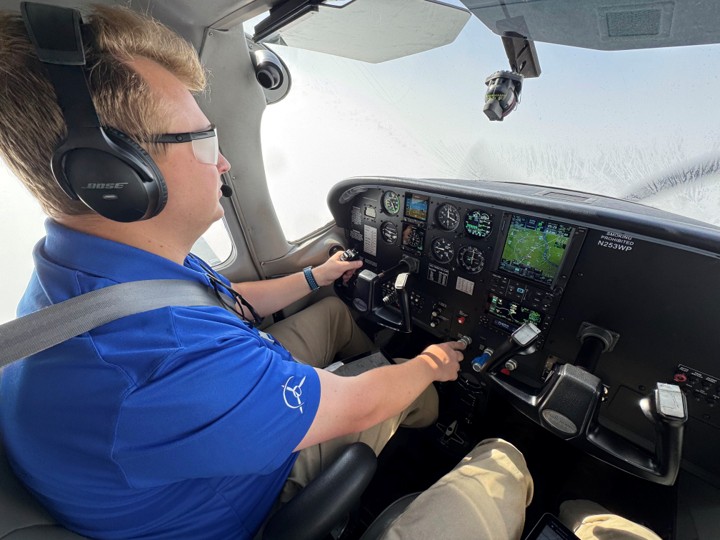
Every instrument training program begins with basic attitude instrument (BAI) flying—and for good reason. It’s the foundational skill that supports everything else. Departures, holding, approaches—all of them are just navigation layered on top of your ability to control the airplane precisely by reference to instruments.
In actual IMC, it’s not the autopilot or the GPS that keeps you safe. It’s the fact that you can hold altitude, heading, and airspeed precisely, even when ATC throws you an unexpected turn or altitude change.
If you can master BAI, the rest of IFR flying becomes a matter of applying that foundation under pressure.
Straight and Level
Most of your IFR time will be spent here—cruise or vectors on an approach. A proficient instrument pilot should be able to hold altitude, heading, and airspeed with precision, regardless of workload.
There are countless pitch and power combinations that maintain altitude. Knowing your airplane’s “sweet spots” is what lets you change pace without losing control.
The key is finesse. Pitch changes should be limited to ½, 1, or 1½ bar widths on the attitude indicator. These are smaller corrections than you’d make outside, and when trimmed correctly, only the lightest touch is required.
For altitude corrections greater than 100 feet, start with a full bar-width change, then reduce to a half-bar as you approach the target. Think about this the next time ATC asks you to maintain an odd altitude like 3,700 feet—you’ll need that precision.
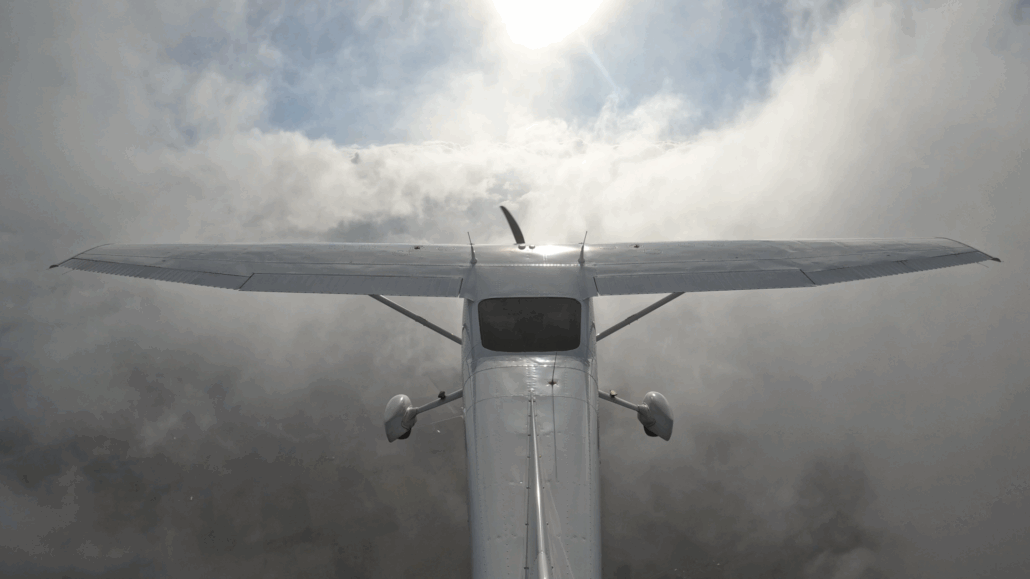
Heading and Bank Control
Heading and bank control go hand in hand: hold the wings level and your heading stays constant. The attitude indicator gives the big picture, but for small deviations the bank index is the sharper tool.
In the IFR system, heading control isn’t just about precision—it’s about credibility. If you can’t roll out on a heading within a couple of degrees, ATC will notice.
Remember, overcontrolling is the #1 error. An aggressive roll overshoots heading.
-
Small corrections (<5°): keep the wings level and use rudder pressure. Handy when ATC gives you a slight vector.
-
Larger corrections (>5°): use a coordinated turn, but limit bank to half the degrees of correction (never exceeding standard rate). That’s how you avoid blowing through a final approach course intercept.

Airspeed Changes
In real IFR, airspeed discipline matters most when configuring for arrivals or approaches. ATC expects you to comply with assigned speeds, and the airplane needs to be stable at those speeds when the course comes alive.
Most level-flight airspeed changes are driven by power first, then pitch. Set power for the desired speed, adjust pitch to hold altitude, then fine-tune as the airplane stabilizes. As you approach the target speed, the airspeed indicator becomes the primary power instrument while the altimeter becomes primary for pitch.
Retrim every time—nothing builds workload faster than fighting the airplane during a busy approach.
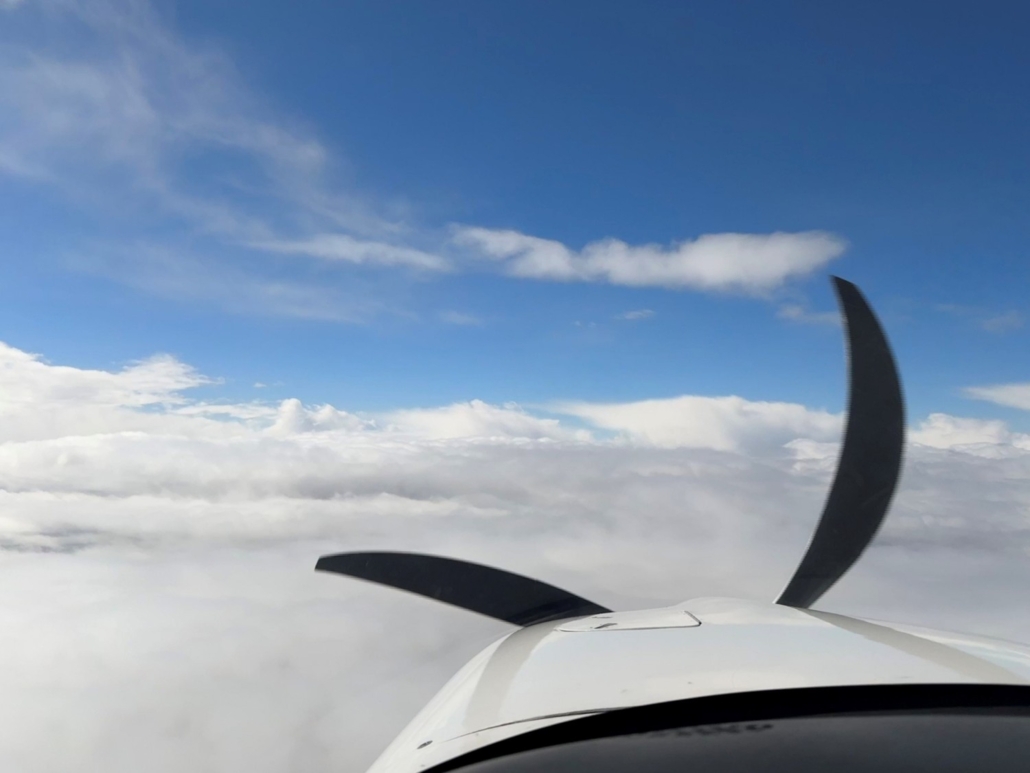
Climbs
For a constant airspeed climb, raise the nose to the predetermined position on the attitude indicator, then apply climb power. Add right rudder as necessary to stay coordinated.
For a constant rate climb, set power for the target rate and adjust pitch accordingly. Once the VSI stabilizes, it becomes your primary pitch instrument, with the airspeed indicator primary for power.
Level-offs should begin at about 10% of your climb rate (e.g., 50 feet early if climbing at 500 fpm). This keeps you from “yo-yoing” through your assigned altitude—and keeps ATC happy.

Descents
Descents are where precision really matters: ATC might expect you to cross a fix at a specific altitude and speed. Missing by 200 feet or 20 knots isn’t just sloppy, it can mess up the flow of traffic.
For cruise descents, lower pitch and reduce power simultaneously. For slower descents, reduce power first, let the speed stabilize, then lower the nose.
Corrections follow the same recipe:
-
Adjust pitch for airspeed,
-
Adjust both pitch and power for rate.
Plan your level-off like a pro:
-
At 500 fpm, start leveling off 50 feet early.
-
If leveling at a faster cruise speed, lead by 100–150 feet.
That way, when ATC says “maintain 3,000,” you’ll be there exactly when expected.
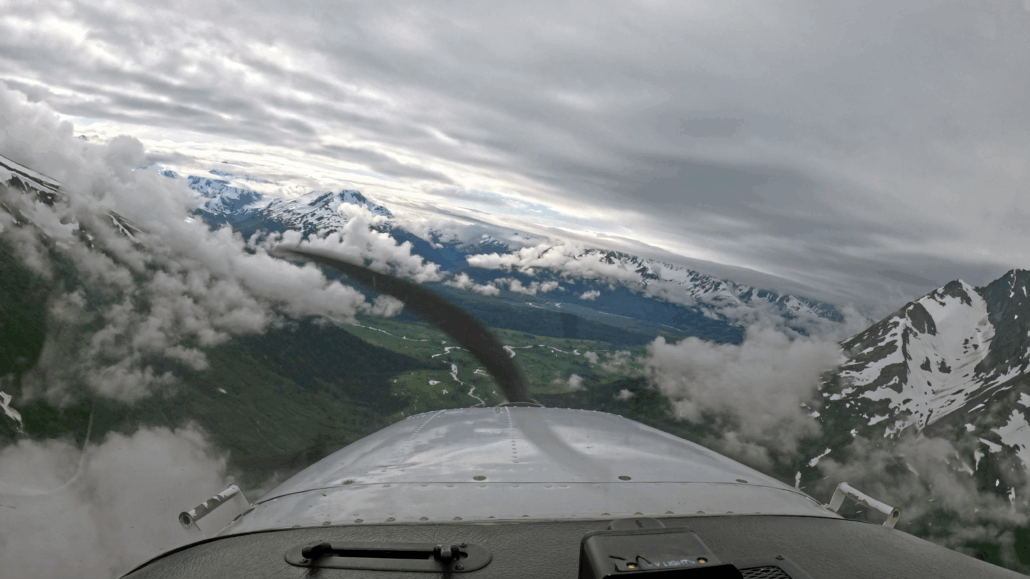
Build a Personal Cheat Sheet
One of the smartest habits you can build is documenting pitch + power settings for your airplane in common IFR profiles: cruise, climb, descent, approach.
Think of it as a quick-reference card for your brain. When you’re in the soup, there’s no time to experiment—just set the numbers, then make small refinements. That’s how you stay ahead of the airplane when workload is highest.
Remeber that IFR flying is built on the unglamorous basics. Hold heading, altitude, and airspeed precisely, and you’ll have the bandwidth to manage everything else—ATC calls, avionics, charts, and approaches.
Let’s Test Your Knowledge
- Ask an IFR Expert: LPV vs. ILS—Which Should You Fly in Low Weather? - October 7, 2025
- The Foundation of IFR Flying: Basic Attitude Instrument Skills - August 26, 2025
- Mastering the Localizer (and Back Course) - July 25, 2025

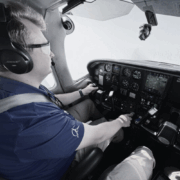

Altitude changes can be done with power alone unless you need a specific rate. Since an airplane is trimmed for speed power changes will cause the airplane to climb or descend at the trimmed airspeed. For instance, in smaller piston airplanes once the airplane is configured for the approach a simple 400 RPM power reduction will usually capture the glide slope resulting in a descent rate of 400 to 450 FPM.
I like ,is very good training Center.